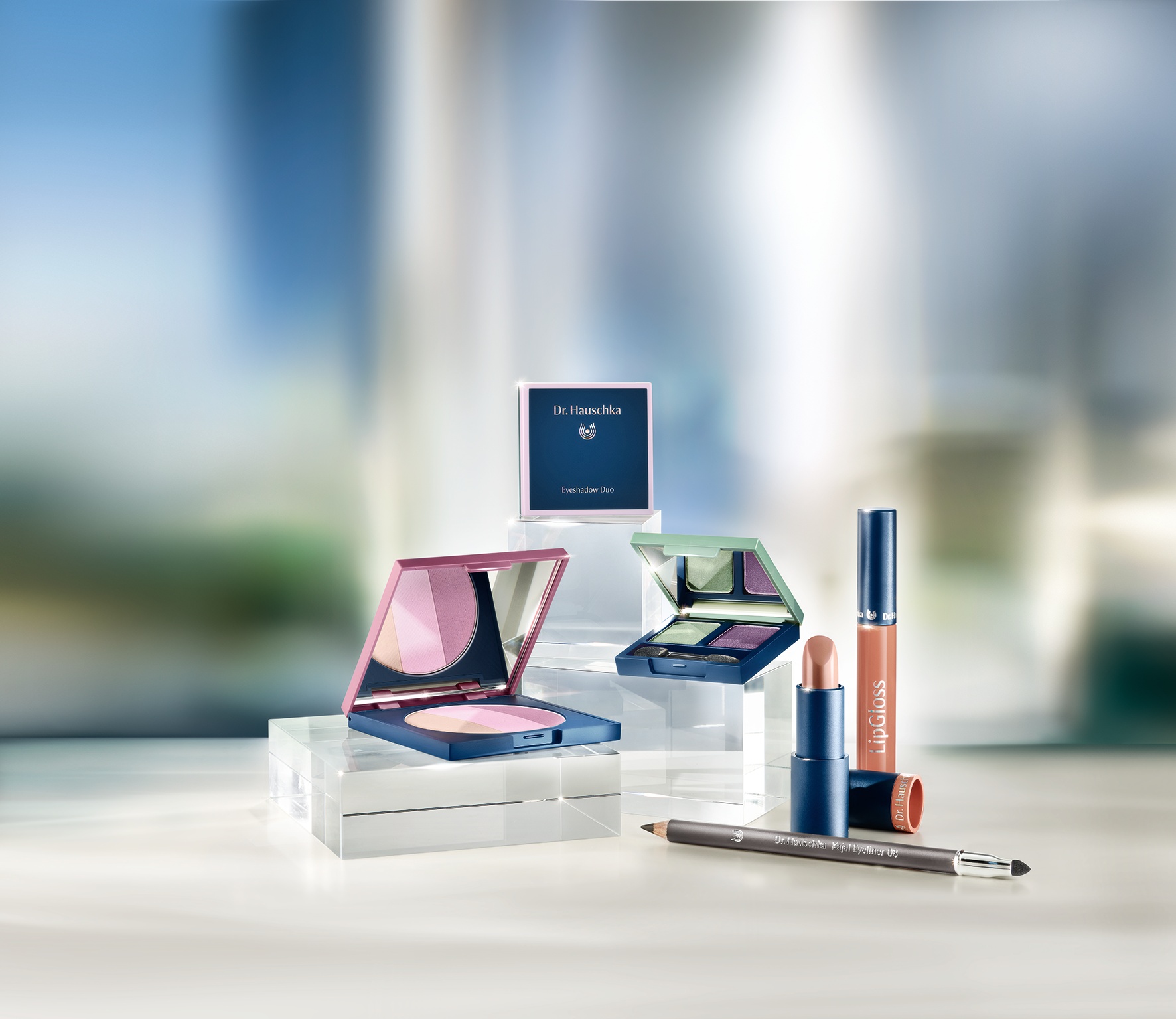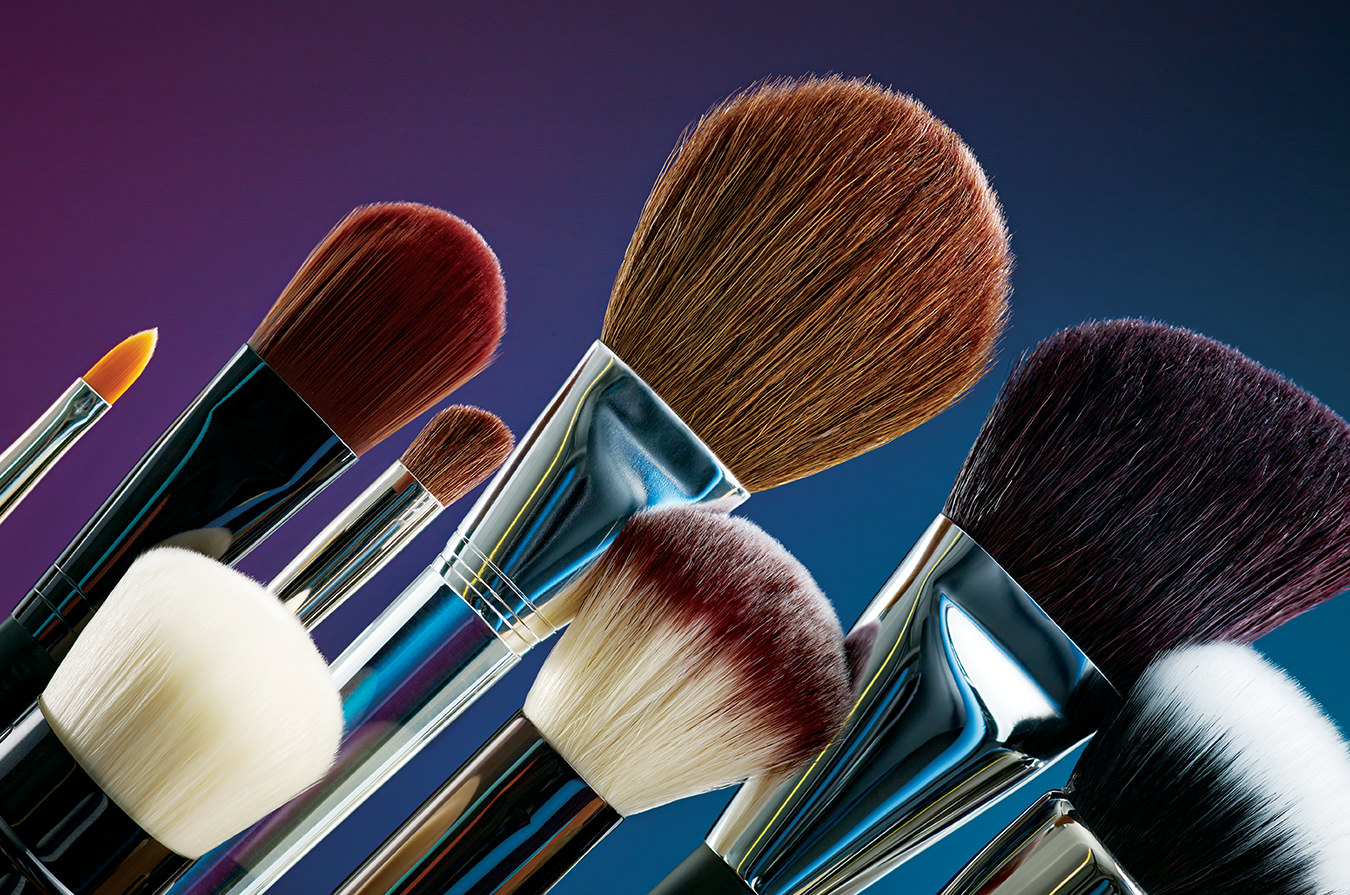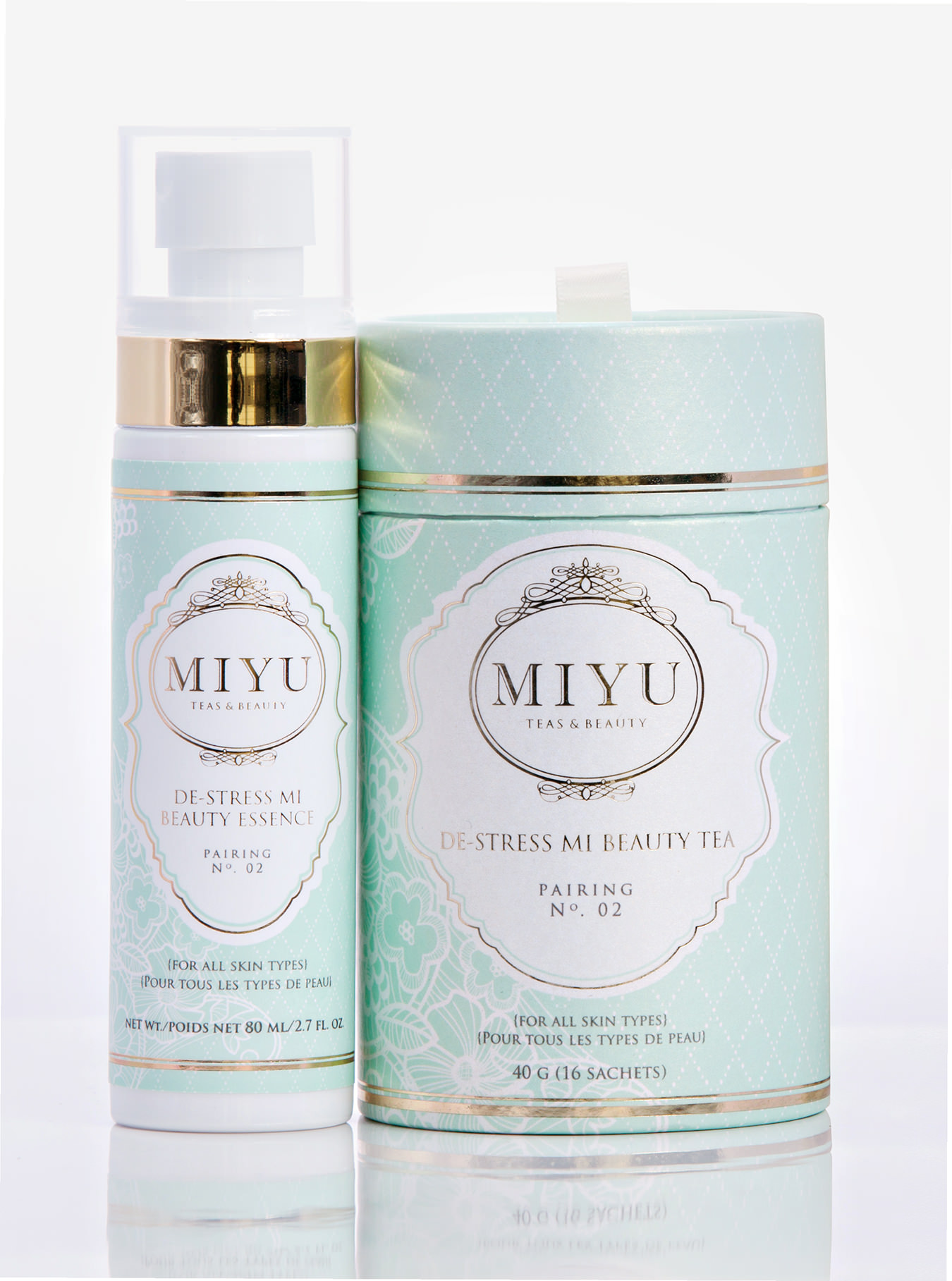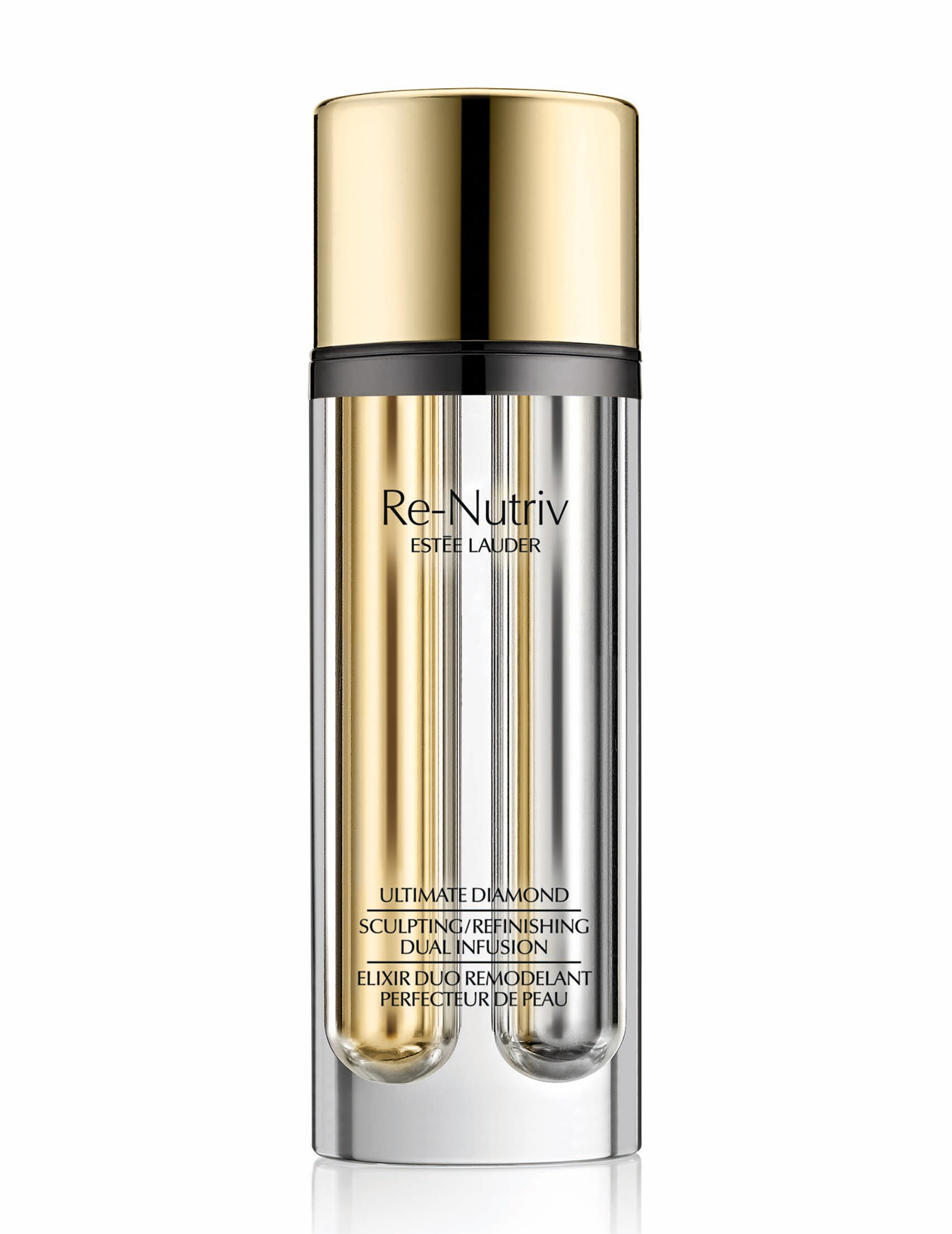What You Need to Know About Lasers for Skin
Laser focus.
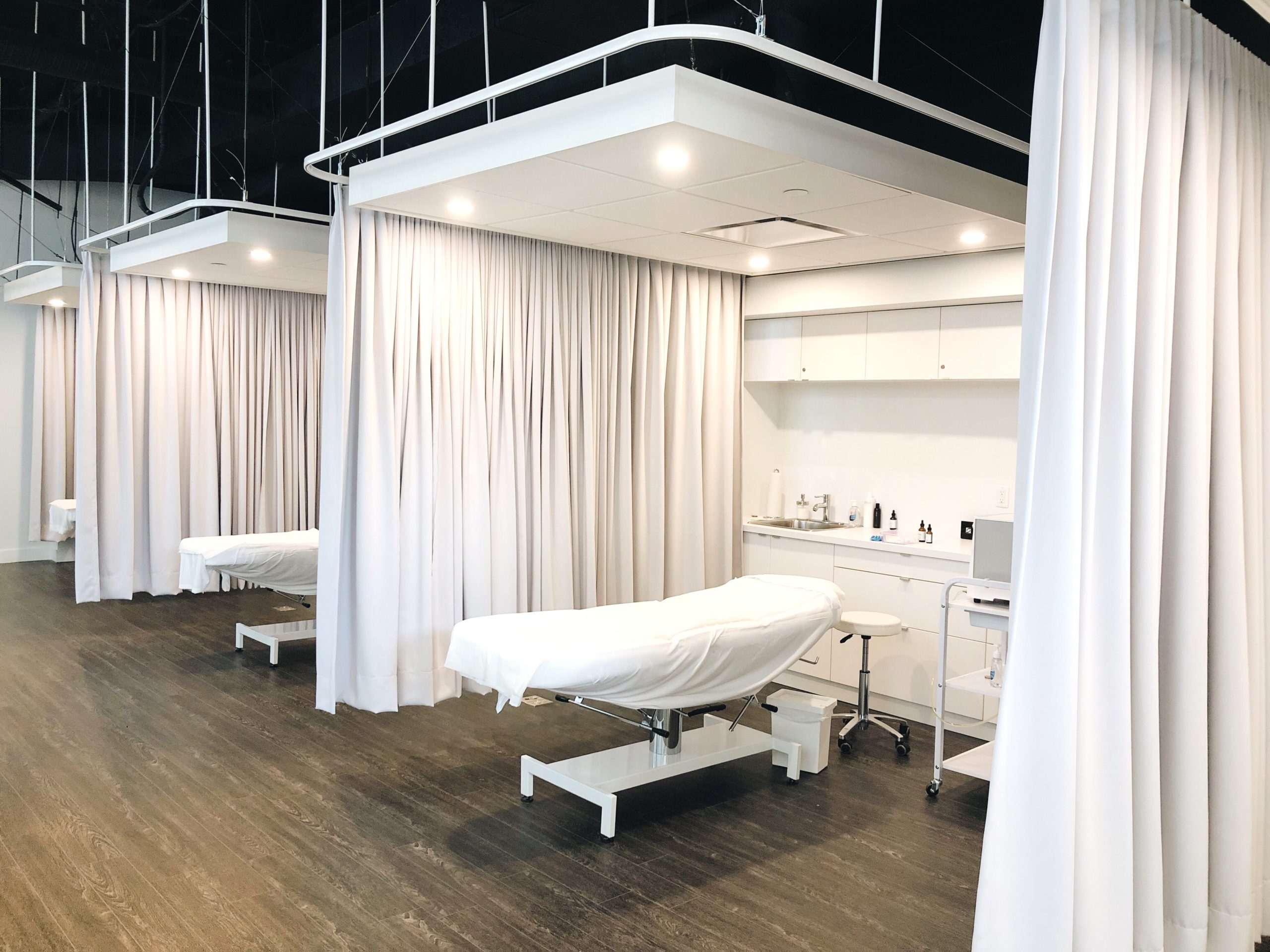
Winter might make skin dry and dull, but when it comes to the complexion, it’s a perfect time for laser treatment. “Our lasers run year-round but are extra busy in the late fall, winter and spring,” says cosmetic dermatologist Dr. Marcie Ulmer, who practices at Pacific Derm in Vancouver.
Suntanned skin is more likely to produce excess pigment in response to the laser, since its melanin-producing cells have been activated – which is ironic because under ideal conditions lasers can be used to reduce unwanted pigmentation and make the complexion more even. In addition, however good the sunscreen application is, chances are most will have some exposure to UV rays in the summer. Dr. Ulmer suggests not having a tan at the time of laser treatment or right after the procedure, and using great sun protection year-round. “Think of it as protecting your investment and your skin health,” she says.
There are many different types of laser, each with a different purpose. “Lasers have different wavelengths that target different areas of the skin,” explains Dr. Amanda Lau, medical director of Skinfolio. “We have lasers that are ablative [remove a thin layer of skin] which are meant to be for resurfacing, lasers that are targeted for vascular lesions [red marks], and another for pigment and collagen stimulation.”
While aestheticians can use some types of laser, Dr. Lau and Dr. Ulmer strongly believe you’re best visiting a doctor. They have more training, greater knowledge of the skin, access to more options, and can customize a treatment plan. Seeing a doctor can also reduce the risk of potential complications. “I have had patients come in for cosmetic removal of an ‘unsightly brown spot’ that I diagnosed as melanoma during assessment. Melanomas need to be treated medically and promptly and should not be treated with lasers,” says Dr. Ulmer. “It is important that the person performing the consultation is able to recognize features that may be worrisome. Knowing when not to laser is imperative.”
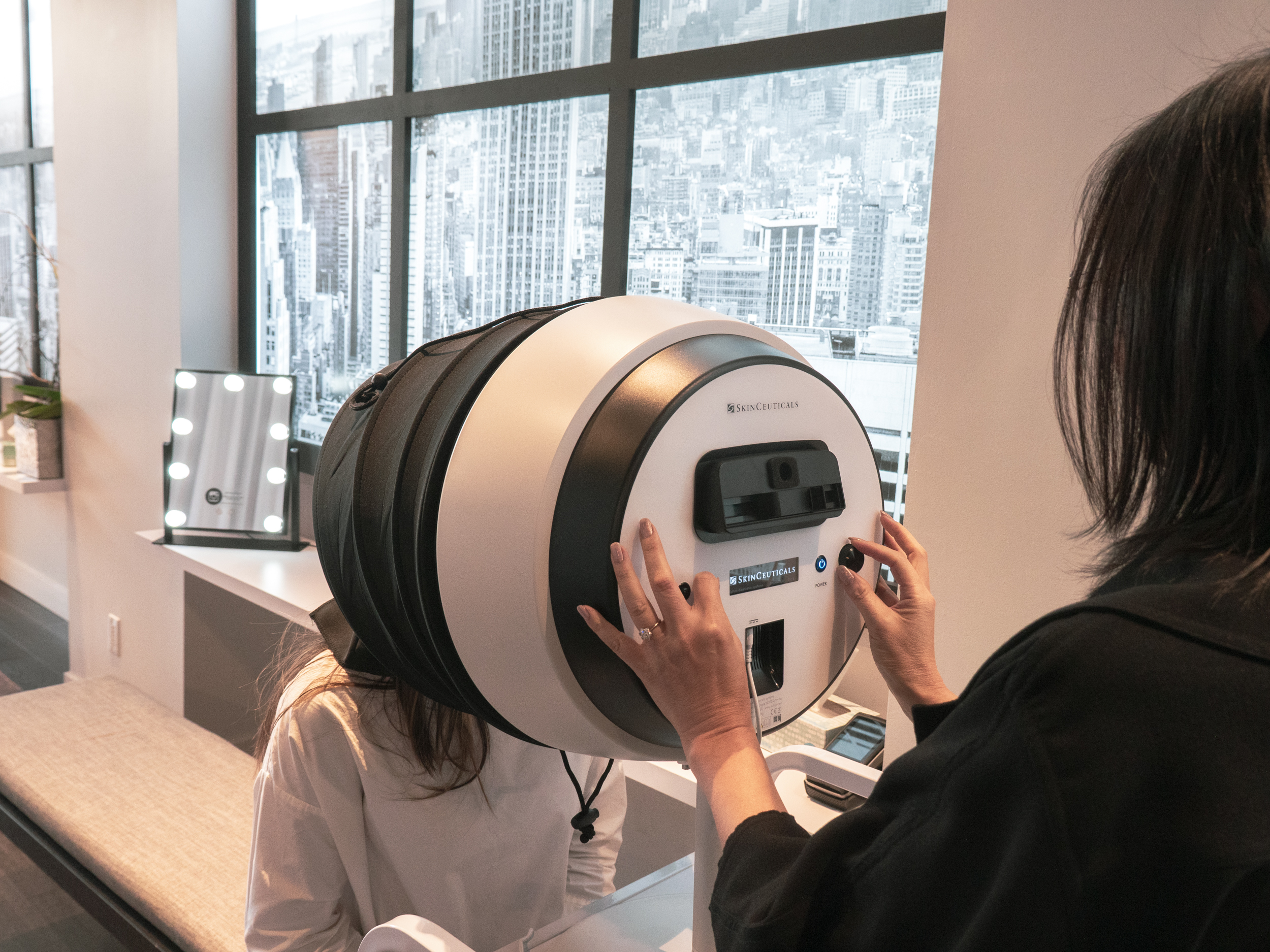
Ablative lasers are generally the most painful (doctors will apply numbing cream first or use an injectable anaesthetic to numb the area) and may leave the skin red and sore for a few days, and then crusted and dry, but they work really well for specific problems. “The CO2 laser is an ablative laser that vaporizes a target to remove it, so it’s an excellent device to remove lesions such as unwanted benign moles, especially on the face which avoids a surgical scar,” says Dr. Ulmer.
Fractionated lasers such as the Fraxel injure only a percentage of skin, so they’re not as damaging, which means shortened downtime. These lasers can be used to improve scars from acne, surgery, or burn; for reducing wrinkles and hyperpigmentation; and to make skin more radiant.
Other lasers may have less dramatic results, but the pain tends to be minimal – like an elastic band snapping on skin, or a warm sensation – and they forego the red-looking skin afterwards. Dr. Ulmer says that, depending on the procedure, it may be necessary to change your skincare regimen for a while after laser treatment, by ditching retinoids that can irritate healing skin, for example. Lasers are also used for hair-removal and tattoo removal. Whatever your goal, the number of sessions and their spacing depends on you and your skin, and results may take a while to materialize– for Fraxel, you may need to wait 12 weeks or longer to see the benefits.
The effects of laser can be remarkable as a stand-alone treatment, though Dr. Lau prefers them as part of a targeted plan that may include other treatments. Dr. Ulmer says that laser can also be great for sun-damaged skin on various body sites and not just the face – treating the sides of the neck, chest, and tops of the hands are popular in her clinic. A lesser known benefit is lasers’ efficacy at reducing redness. “I have a high volume of rosacea patients in my practice and very frequently use a vascular laser (Excel V Laser) to help eliminate visible dilated blood vessels and to reduce background redness on the face,” says Dr. Ulmer. “Many patients have expressed that evening out their complexion and reducing redness has a positive impact on their life. Patients have commented that they need to wear less cover-up make up and that they feel more confident after the treatment. It is very gratifying to help someone in this way.”
_________
Never miss a story. Sign up for NUVO’s weekly newsletter here.

